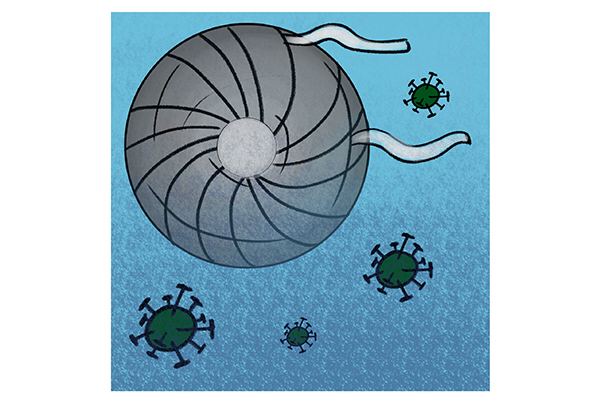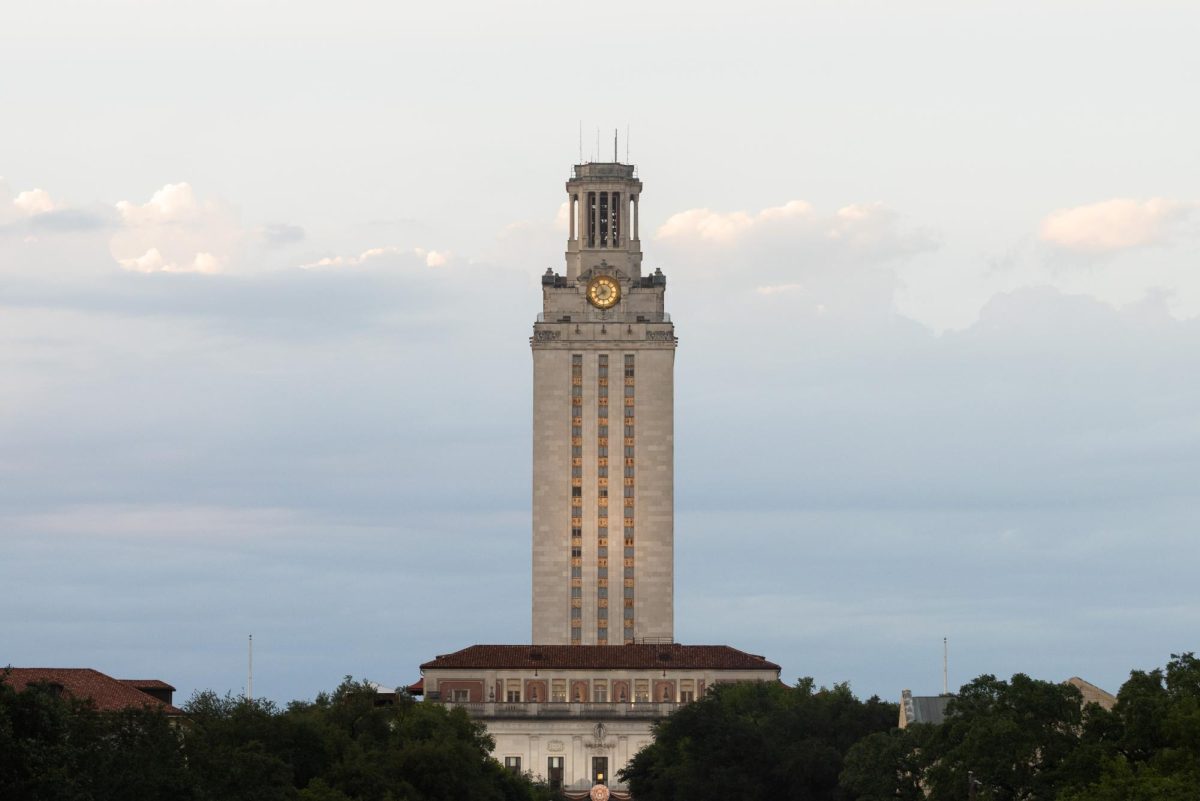Since the University reopened for the fall semester, new building certification processes were put in place to prevent COVID-19 from spreading, a University spokesperson said.
Every building reopened for the fall semester has gone through a building certification process, which includes a review of the building's heating, ventilation and air conditioning systems, UT media manager Veronica Trevino said.
“Our approach and protocol for preparing campus facilities for safe reoccupancy align with the standards and guidelines being recommended,” Trevino said.
Before a building can reopen, building managers must inspect each building and complete two checklists that are approved by authorized personnel, according to the UT Facilities Services website.
“The University is following and monitoring public health guidance around ventilation systems and air circulation, including guidance from the Centers for Disease Control and Prevention and American Society of Heating, Refrigerating and Air-Conditioning Engineers,” Trevino said.
Trevino said in addition to routine maintenance such as filter replacement, facility HVAC systems have been tested and will bring increased outdoor air intake to campus buildings.
UT population health professor Dr. Elizabeth Matsui said there is not good evidence that coronavirus can travel and infect people on the receiving end of a HVAC system.
“We haven’t seen that yet,” Matsui said. “The scenarios we’ve seen are the story of people traveling on a bus together, where the windows were all rolled up and the air was being recirculated, and a lot of people got infected.”
Matsui said there are three main classifications as to how various viruses spread.
“One way is fomites,” Matsui said. “Fomites are simply particles that are on surfaces that contain, in this case, viral viruses that are infections. So if you touch a doorknob and then rub your nose and you get (a) virus on mucus membranes on your nose, then you may be inoculating yourself with (a) virus.”
Matsui said the other two are called droplet spread and aerosol spread, which involve particles that can travel longer distances in the air.
“Droplets are admitted when someone sneezes or coughs, and they don’t travel very far, and they can land on your eyes or mucus membranes or you can inhale them if you are (in) close contact,” Matsui said. “In the medical community, aerosols are smaller particles that travel further distances in the air.”
Computer science freshman Srikar Mangalapalli said he is participating in online classes from home because of the pandemic.
“If there is a way that COVID-19 can be spread through vents or buildings, that is concerning because I planned on staying in a dorm,” Mangalapalli said. “Maybe I will come back if there is a vaccine or more tracking of who is sick.”
Matsui said droplets and aerosols can be spread depending on the size of particles after someone coughs or sneezes.
“What we are learning is that there are smaller airborne particles that contain viruses that are measured in environments now, and those environments tend to be indoors where there is crowding and less ventilation,” Matsui said.





















